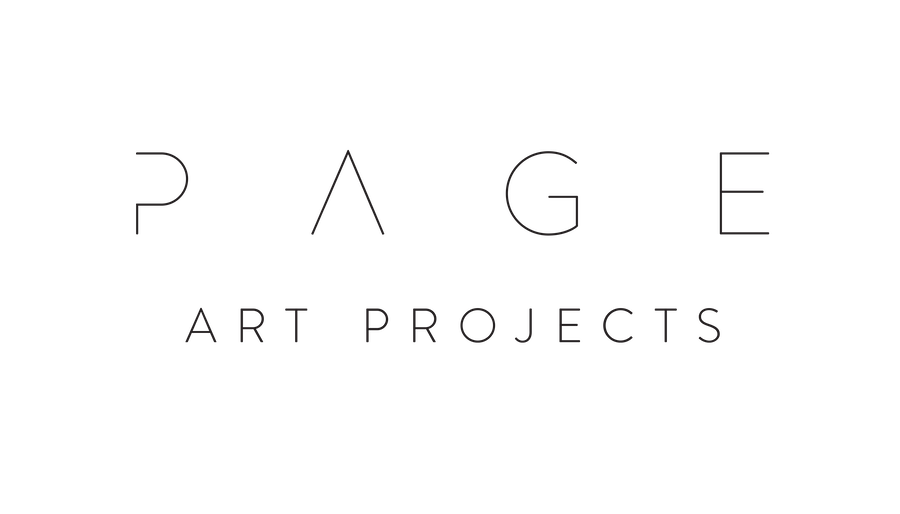Mastering the Square Inch Price Method: Pricing Your Artwork with Finesse
One of the most frequent discussions I have with artists who create 2D work (primarily painting, drawing and prints) is about how to price their artwork. It's a topic that can be both confusing, filled with uncertainty, and accompanied by a tinge of fear that you might set your prices too high or too low. As an artist mentor/coach, I understand the importance of finding the right balance, where your talent and effort are appropriately valued while remaining competitive in the ever dynamic art market.
In this blog post, I provide a pricing strategy that has proven effective for many artists—the Square Inch Price Method. This method involves starting at a higher rate for smaller works and then gradually tiering down for larger pieces. By understanding and implementing this approach, you can confidently price your artwork and capture the true essence of your creativity and skill. So let's delve into the world of art pricing discuss a successful pricing strategy that will do justice to your artistic journey.
As a side note, there are other methods of pricing used by artists/galleries etc. but this one has proven to be one of the most commonly accepted and easy to understand methods. This method can be used by 3D artists as well but comes with a lot more math:)
Understanding the Square Inch Price Method:
The Square Inch Price Method is based on the principle that smaller artworks can tend to require more intricate detailing and time investment compared to larger pieces. They also can sometimes be less collected as clients aim for larger scaled work. Consequently, smaller works demand a higher price per square inch, while larger works are priced at a lower rate per square inch. This approach allows artists to capture the value of their creativity and effort more accurately.
Calculating Square Inch Price:
To get started, you need to determine your baseline square inch price. This is the rate you'd apply for medium-sized artwork, typically falling within the 24x24 inch range. Remember, square inches are calculated by measuring H x W (e.g. 24 x 24 = 576 sq. inches).
Begin by considering the following factors:
a. Time and Effort: Assess the average amount of time and effort you put into creating a medium-sized piece. Consider factors like detailing, complexity, and the techniques used.
b. Material Costs: Factor in the cost of art supplies you utilize in your work, including canvases, paints, brushes, and any other relevant materials.
c. Skill and Experience: Your level of expertise and the quality of your work should be reflected in the square inch price.
d. Market Research: Analyze comparable artworks by other artists in your niche and location. This research will give you a sense of the competitive pricing landscape.
With this in mind, if you currently (or plan to) charge $1,500 for a 24 x 24, your price per square inch is approximately $2.60 ($1500/576 = $2.60 per sq. in.).
Implementing the Tiered Price Structure:
With your baseline square inch price established, it's time to create the tiered pricing structure. Here's how you can do it:
a. Small Artworks: Works that fall within your smallest size category (e.g. less than 500 sq. inches) should be priced at a higher rate per square inch than the baseline price. This accounts for the meticulous attention to detail required for these smaller works.
b. Medium Artworks: As mentioned earlier, this category corresponds to the baseline square inch price, applicable to works ranging in the middle range (e.g. 500 - 1000 sq. inches)
c. Large Artworks: Pieces exceeding the medium size range (e.g. works over 1000 sq. inches) should be priced at a lower rate per square inch. This helps to maintain a logical progression in pricing as the size of the artwork increases.
Communicating Your Pricing:
Once you have your formula worked out, make sure you have all your artwork priced consistently everywhere that it is currently shown and listed including in the studio. Communication is key when it comes to price changes. Keeping everyone on the same page ensures that there are no misunderstandings or price discrepancies. Believe me, when everyone is aligned, it leads to smoother interactions and a more successful art career.
Another item I encourage artists to create is a comprehensive price list that you can easily reference and share with representatives and partners. This tool streamlines interactions, maintains pricing consistency, and instills confidence in patrons. Make sure to keep an up-to-date database of artwork and prices to navigate discussions professionally. Embracing price consistency reinforces your credibility and reliability as an artist, setting you up for success in the art market.
Summary
The Square Inch Price Method is a super useful tool that empowers artists to confidently price their artwork according to the effort, time, and materials invested in each piece. By implementing this tiered approach, you can create a balanced pricing structure that justly rewards your creativity while attracting a wider range of buyers. Remember to regularly review and adjust your pricing based on market trends and your evolving skills.
Mastering this method may require some trial and error, but with dedication and a keen eye on the market, you can find that perfect pricing sweet spot that benefits both you and your collectors.
If you'd like personalized assistance in pricing your specific artwork and gaining insights into current market rates, don't hesitate to reach out for a consultation. I'm here to support you on your artistic journey and help you thrive as an artist. Let's create a pricing strategy that truly reflects the value of your work. Contact me today for a one-on-one consultation!
Happy pricing and best of luck in your artistic endeavors!

